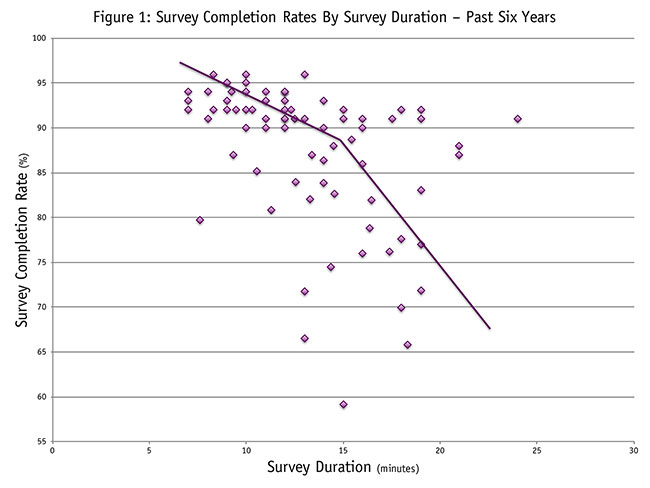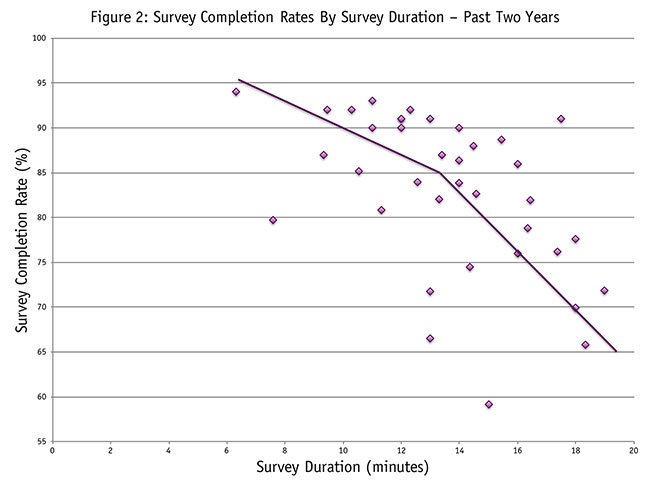‘Ain’t nobody got time for that’
Editor's note: Based in New York City, Dan Coates is president, MaryLeigh Bliss is chief content officer and Xavier Vivar is vice president of operations at research company Ypulse Inc.
Millennials are slowly but surely asserting their generational dominance in one venue after another. According to the Bureau of Labor Statistics, one in three members of the current U.S. workforce is a Millennial, rising to nearly half (44 percent) by 2025 using the most restrictive definition of the Millennial generation (birth years 1981 to 1999).
We’ve also run the numbers on the January 2015 Current Population Survey conducted by the U.S. Census Bureau and, despite graduating into the worst recession since the great depression, Millennials 18-34 years old are responsible for 29 cents of every dollar earned in the U.S. This will surely rise as Millennials grow to dominate the workforce and ascend the corporate ladder.
They will soon dominate the U.S. household as well. According to data from the U.S. Department of Health and Human Services, Millennials were parents to 82.7 percent of the nearly 3,988,076 live births in the U.S. in 2014, a percentage that will only grow as Millennials get jobs, move out and form their own households.
Our firm has been studying Millennials for more than 11 years and while some complain that they’ve already heard far too much about the largest generation in American history, our sense is that their generational impact has only just begun.
Patience is waning
A year ago, we explored a trend that we called Ain’t Nobody Got Time for That within our quarterly trend analyses, lifting from the memeo-sphere a sentiment that describes how patience is waning among the youngest members of our society. This generation is relentlessly driving changes to the way products and services are delivered, pushing the on-demand economy further and looking for solutions to everyday annoyances that save them effort, thought and, most importantly, time.
Time is the scarcest of resources in an attention-based economy. One of the reasons that the on-demand economy has taken off is the desire of consumers, particularly younger consumers, to cut out steps and streamline their lives in order to gain more time to do what they actually want – whether that be collecting experiences or binge-watching shows on Netflix. Millennials have been chronically over-scheduled since an early age and feeling busy has become the norm rather than the exception. So, when it comes to mundane, irritating, everyday tasks, ain’t nobody got time for that!
Moreover, the definition of things that waste their time (e.g., banner ads) is expanding and young consumers are expecting everything faster, easier and more effortlessly than ever before.
It’s a mentality that has been gathering momentum for some time and across all generations, reaching new heights in 2015. The net result is that Millennials are losing what little patience they have, feeling that they never have enough time to get to everything. Things that seem complicated or tedious are deemed a frustrating time-suck and avoided altogether.
Point to a shift
Once we finished advising our clients that they needed to modify their marketing to incorporate this trend, we looked in the mirror and realized that we needed to change as well. Since we survey 13-33-year-olds on a daily basis, we’ve examined completion rates across the past six years of syndicated research in order to see if the delicate dance between survey duration and survey completion rates point to a shift in what Millennials feel is acceptable when it comes to survey length.
But first, a few caveats: our SurveyU.com panel is used solely for our own syndicated and custom research. We are a small organization, which means that the single greatest complaint of the active panelists is that they wish we’d ask them to participate in more surveys. We incentivize participants at an indexed rate of $10 per hour, which means a respondent who completes a 10-minute survey receives $1.67, significantly higher than industry average rates.
To ensure that the research topic wasn’t a consideration, we excluded any and all custom research projects, focusing on syndicated surveys only. While we endeavor to keep our syndicated surveys brief and interesting, we’re human and sometimes find ourselves looking at a lengthy questionnaire. Of the 75 syndicated studies we’ve conducted since September 2009, the median survey duration has ranged from seven to 24 minutes.

Mapping the results from these 75 projects across completion rates and survey duration (Figure 1), you’ll see an inflection point right about at the 15-minute mark. At this point, roughly one in 10 participants abandon the survey process. As survey duration increases to 20 minutes, roughly one in four participants have pulled the ripcord and ended their survey experience. We’re accustomed to advising clients to keep surveys under 15 minutes, based on the data above, but does it accurately reflect the current reality of survey participation among Millennials?
Perhaps the level of patience for answering our surveys among the Millennial audience is deteriorating in the same manner as other mundane or routine tasks that we identified within our trend forecasting are being shunned. By isolating the past two years of research (Figure 2), a slightly different picture emerges.

Reviewing our most recent syndicated surveys shows that recent participation has been drop-ping off closer to the 13-minute mark, negatively impacting, on average, one out of every seven survey starts. By the time survey duration has reached the 20-minute mark, we’re looking at one in three participants deciding that we’ve overstayed our welcome and becoming intolerant of any more questions.
When faced with the reality that our survey participants are growing more impatient, we’ve resolved ourselves to advise our clients to aim for the 12-minute mark, anticipating that youth participants will surely become less patient over the coming year.
We recently implemented a feature in our panel management tool that allows us to track KPIs across different devices. Preliminary data shows that the completion rate on tablet devices is roughly 10 percent higher than the completion rate on a PC, while the completion rate on smartphones is roughly 10 percent lower than the completion rate on a PC. Almost half of our survey completes come from respondents who are using a smartphone to participate, demanding that we not only dynamically render grid questions as a series of single-ask questions whenever a smartphone is detected but also that we demand even more brevity when conducting research among younger participants who are using their mobile phones to participate. If you’re targeting mobile users in your survey work, you’ll want to back your recommendations down to a target duration of eight to 10 minutes.
Not appreciating the value of their time
Our panelists aren’t just impatient but intolerant of anything that they see as not appreciating the value of their time. Do you ever find yourself asking a question within a survey, knowing full well that with a little effort you might be able to extract this data from profiling data or a past survey interaction? Time and time again we selfishly elect to push the effort onto the respondent’s plate, feeling that one more question won’t kill them.
We should be much more diligent about reducing respondent effort by reusing data from questions that have already been answered. Assuming that an extra question might “cost” respondents 15 to 20 seconds of their time is fair, resulting in over four hours of effort across a sample of a thousand participants. Is 15 minutes of data manipulation on the part of your research team more valuable than more than four hours of respondent time? Thinking in terms of “respondent hours” helps crystalize the issue: Our 15-minute monthly survey demands 250 respondent hours, the equivalent of six weeks of work. I hope the questions we’re asking this month are worth the effort!
Clicking off for something better
Finally, like the proverbial straw that breaks the camel’s back, a single poorly-phrased or poorly-constructed question could become the tipping point that sends a respondent clicking off for something better. We’re mindful that our research might represent the very first survey experience for many of our respondents, making us just a little more purposeful and diligent as we write a questionnaire.
In our research we’ve witnessed that Millennials are awakening to their dominance, demanding more from the companies, organizations and institutions they interact with. We’ve seen them “Millennialize” the music industry (e.g., Vevo, Pandora and Spotify) and the television industry (e.g., Hulu and Netflix). We should expect the same to happen to the survey research industry, requiring us to change our methods and practices to align with a generation who will insist that we conduct survey research differently as well.
